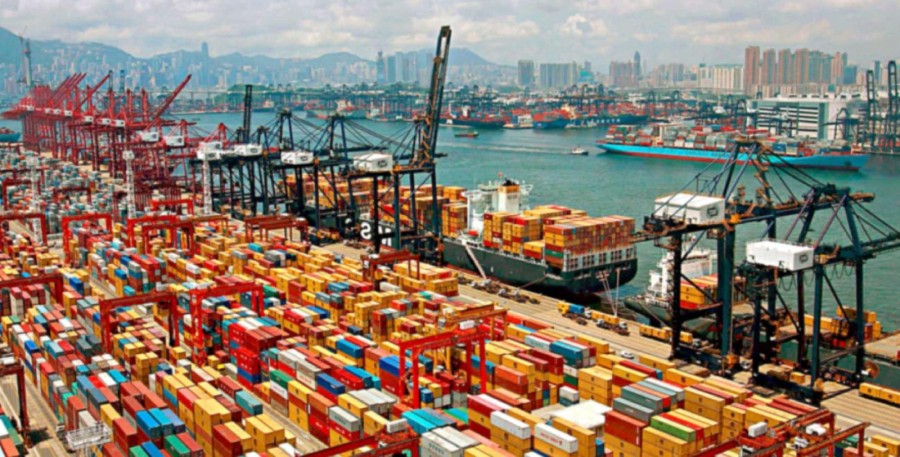Special Economic Zones: What Has Worked and What Has Not
The designation of something as a special economic zone (SEZ) means it is an area where business and trade laws differ from the rest of the country. The aims of the zones are to increase trade and investment while creating jobs by offering tax and tariff incentives to encourage businesses to set up in the zone and increase foreign direct investment. The more common term, a free trade zone, is a class of the special economic zone, but they are often used interchangeably.
Since the first special economic zone was established in Ireland in the late 1950s, they have been viewed as a way to jump start economic progress in a developing country and fast-track investment from multinational corporations. Although many times this has been true, the Shenzhen zone in China has been wildly successful and has set the bar very high, it is not always the case. According to the Economist, the world now counts about 4,300 SEZs, and more are being added all the time. But very few of these have been anywhere near as successful as Shenzhen and many have caused more harm than good.
We, at Asymmetrica, are working to understand what leads to a successful SEZ. The key point is that we are measuring success not only in terms of government revenue or the profit of multi-national corporations, we must also take into account the local population and whether they are benefiting from the increased economic activity, because we believe this is the path to sustainable development and sustainable profits.
One big difference are special economic zones set up within a country, like China’s Shenzhen zone, and special economic zones set up by other countries or the private sector in a host country- such as China setting up SEZs in Africa. Asymmetrica is more concerned about the later as the future of SEZs will be wealthier nations working to set them up in poorer nations, with the hope that increased economic activity will bring sustainable development. The term “white elephant,” is used to describe SEZs that largely have resulted in an industry taking advantage of tax breaks without producing substantial employment or export earnings. This is what we would like to avoid.
In order to have a successful and lasting zone, it must be integrated with the country’s domestic economy. Minimal local ownership in Africa’s SEZs has been a big issue, the critique being that the government spends money in the development of free trade zones that benefit foreign businesses, rather than using that money to build infrastructure and raise domestic employment. According to scholar Nelly Nyagah, “61% of companies in Kenya’s 35 SEZs are from China, UK, USA, Netherlands, Qatar, Taiwan and India. They offer downstream linkages by buying a wide range of local raw materials and goods, thereby promoting domestic businesses. Only 14% of the companies are fully owned by Kenyans.”
The second step is to build the infrastructure of the surrounding areas. Not only will this guarantee the flow of goods, it will also help the local population by improving roads, railways and ports. Lack of such investment has been the downfall of many SEZs in Africa. Lots of the continent’s new zones will fail for lack of a reliable power supply or because they are too far from a port.
The third is to hire and train domestic workers to increase local employment. China is currently setting up 5 SEZs in Africa, in Ethiopia, Mauritius, Nigeria (two), and Zambia. These zones are in various stages of development and have had varying degrees of success. What is important to note is that China is not setting up these zones with the primary goal of helping the host country grow. In 2006, the Chinese government announced that it would establish as many as 50 overseas “economic and trade cooperation zones,” as part of China’s “going out” (zou chuqu) strategy meant to increase demand for Chinese-made machinery, reduce formal barriers imposed on Chinese exports to Europe or North America, assist China’s domestic restructuring by sending mature industries offshore, and create economies of scale for overseas investment.
In addition to all of these big picture benefits, China tends to bring in their own workers, rather than including the local population. According to the World Bank, “To date, some high-level knowledge sharing and training of local managers has taken place; but local employment, supply chain links, and technology transfer remain limited.”
We see the implementation of an SEZ as an opportunity for the host country to prosper and the process should be planned around the training of local workers for management positions as well as the use of local labor for the building.
With the incorporation of the domestic economy, the building of infrastructure and incorporation of the local population, setting up SEZs should be a win-win for both the implementing country or company as well as host country.
![]()



